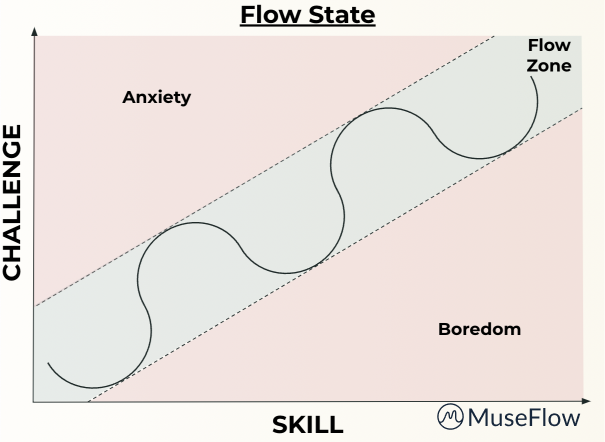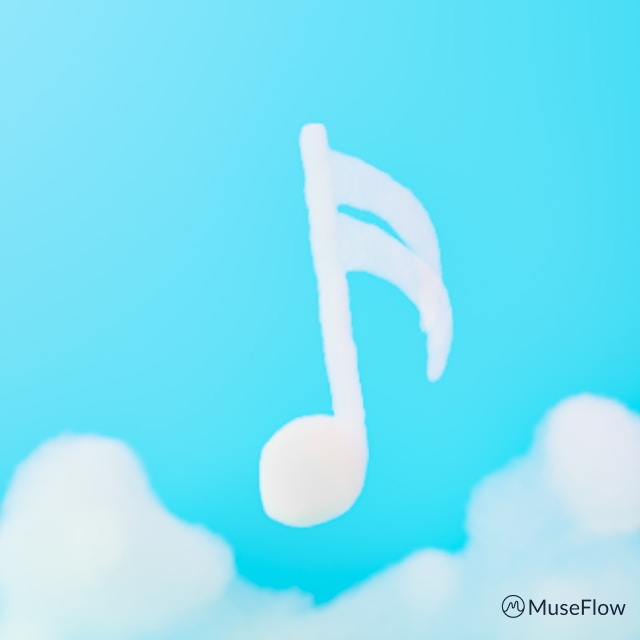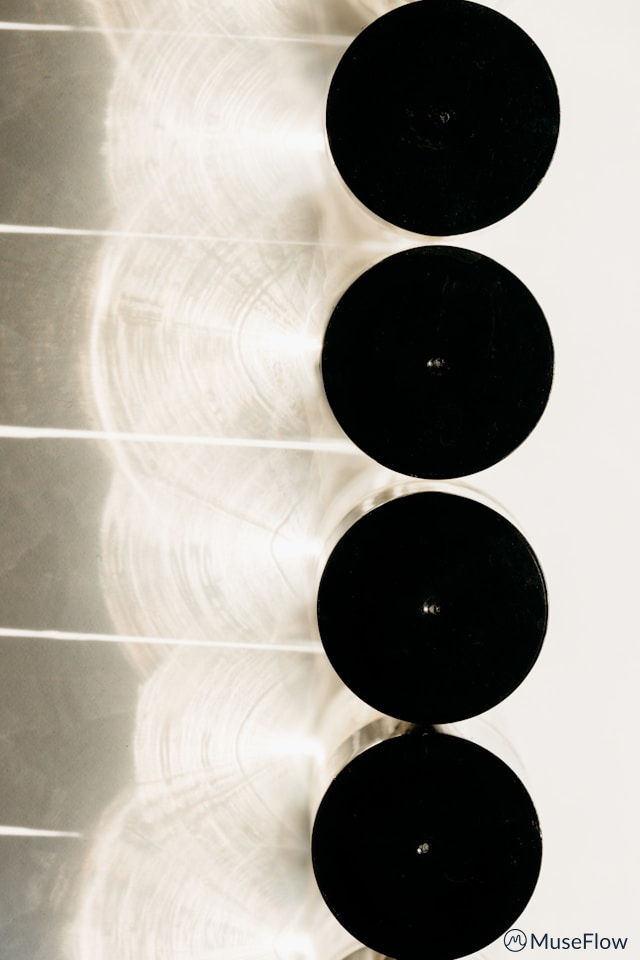Why MuseFlow is the Best Piano Practice App
Finding and using the right piano practice app will make a world of difference in your musical journey. With so much information out there, it can be challenging to determine which exact app will really help you improve and also stay motivated. In 2024 MuseFlow is the number #1 piano practice app you will find! It's designed to cater to all your learning needs. Lets quickly find out why the AI Piano teacher stands out from the rest - making it the best piano practice app available today.

Start using MuseFlow Today - It's Free!
1. Personalized Learning Experience Through AI
MuseFlow uses AI and machine learning to create a personalized learning experience. Traditional methods from decades ago follow a rigid curriculum, this new piano app adapts to your unique needs & progress. The software uses advanced AI technology to assess your unique skill level, it then customizes lessons accordingly..
By tailoring each practice session to your abilities and goals, the technology makes sure that you’re always working on material that is both challenging but also achievable. The best part about this personalized approach is, that it keeps you engaged and motivated. It really helps you progress faster and also more efficiently. Piano teachers often don't pay close attention to your level, which makes lessons inefficient.

2. Real-Time Feedback and Progress Tracking
When learning any instrument immediate feedback is really important for effective learning and the California based tech-startup excels in this area. As you practice, the app carefully listens to your playing and provides real-time feedback on your piano playing performance. This instant response allows you to correct mistakes right on the spot, making sure that you develop the correct techniques from the start. Once you play with the wrong technique it takes time to relearn it again.
Additionally, the best piano learning app tracks your progress over time. This gives you detailed insights into your improvements. You can see how much you’ve advanced every day! It also identifies areas that need more work, and celebrate your achievements! This continuous feedback loop is what will always keep you motivated and focused on your learning journey.

3. Gamified Learning Experience - The Best Way to Learn!
How does piano practice app turns piano practice into a really fun and engaging experience? Through gamification! The app incorporates elements like progress bars, achievement badges, and interactive challenges. All these elements make practicing feel like a FUN game. This new gamified approach keeps you motivated and eager to practice regularly. The best apps that you are currently using all take advantage of gamification. It's best to get gamified to learn an instrument than to just scroll on social media.
The great feeling of accomplishment you get from earning badges & completing challenges boosts your confidence. It then encourages you to keep going and going! By now making the learning process enjoyable, MuseFlow helps you maintain a consistent practice routine. If you have ever tried to learn an instrument especially the piano, you know how important a routine is. For more on the benefits of gamification in learning, check out this article by Learnlight.

4. Expertly Designed by Professional Musicians and Educators
One of the reasons this innovative app is so effective is the expertise behind its development. Some of the founders of MuseFlow are professional musicians and educators who started as self-taught pianists themselves. This is really important to the success of the app. The team understands the challenges and frustrations that come with learning on your own. That's why they have specifically designed the app to address these common issues.
Their firsthand experience and passion for music education is unmatched. You will find out through the app’s thoughtful smart features and user-friendly design. The California based developers have created an app that not only helps you learn effectively but also keeps you highly motivated throughout your musical journey.
Conclusion
Customer often find us by asking the question what is best piano practice app? They are always referred to MuseFlow by other musicians for the following reasons: The app's personalized learning experience, real-time feedback, gamified approach, and expert design make it easy to learn the piano. Just a year ago, it would not have been possible to learn piano this fast, while having fun. Anyone that is looking to learn or improve their piano skills, really needs to try this app. Make sure you take advantage of the free trial.

.svg)











